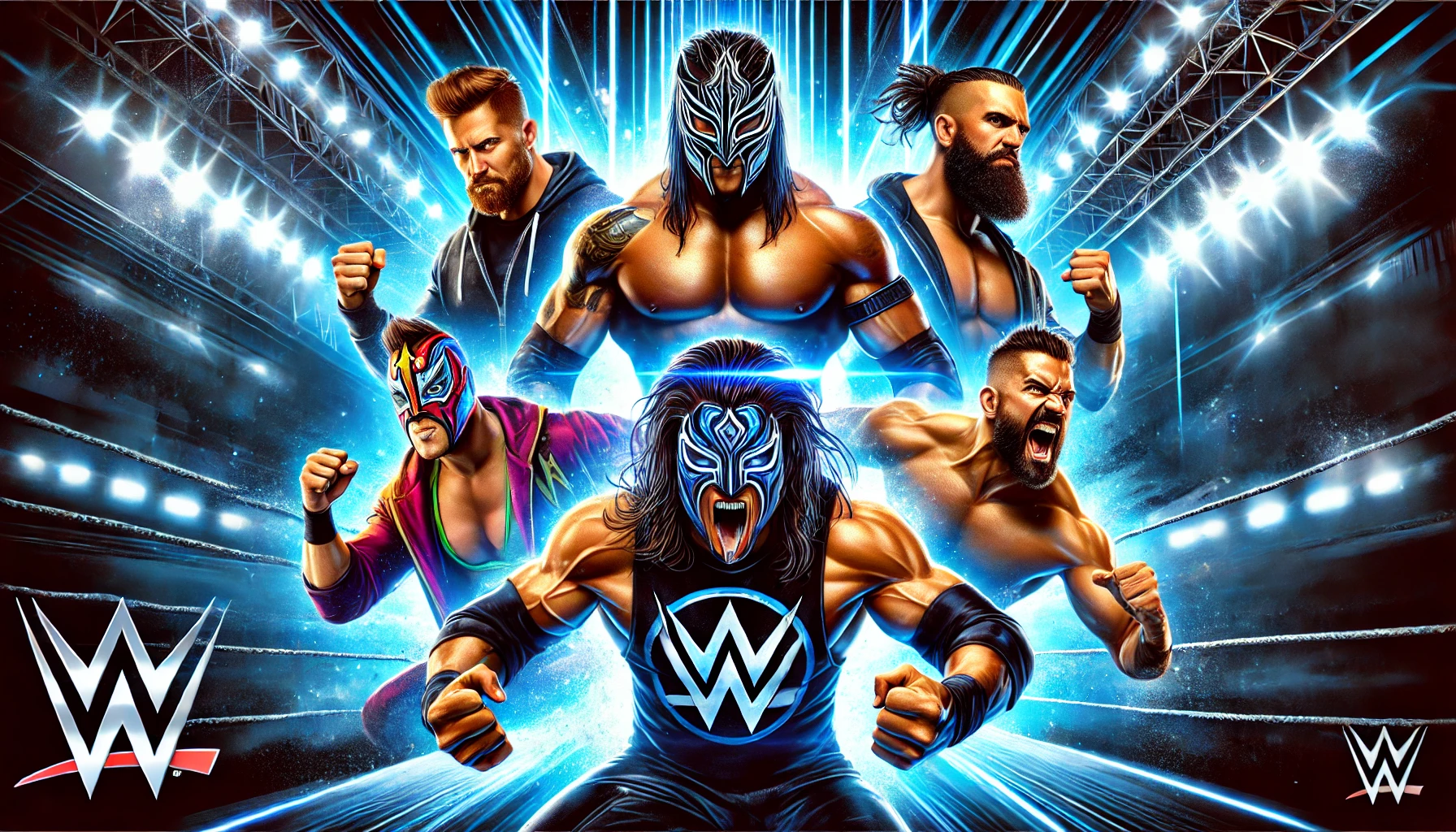Table of Contents
ToggleCrafting a Strong Brand: A Comprehensive Guide to Brand Marketing
An effective brand in today’s highly-competitive marketplace goes well beyond logos or slogans: it can drive customer loyalty, expand market share and command premium prices. Brand marketing involves developing and maintaining positive associations between a positive brand identity in consumer minds and revenue generated from it.
What is brand marketing
Brand marketing refers to any long-term, strategic plan designed to increase a brand’s recognition and reputation over time. Brand marketers aim to build an ever-expanding base of loyal customers, which they do by communicating the identity and values of the brand in creative yet engaging ways.
Brand marketing in an organization is an expansive concept which encompasses every facet of communications, sales and products by emphasizing and reinforcing its overall identity through promotion of specific offerings that reinforce it.
Safeguarding the identity and reputation of your brand are integral parts of creating and executing an effective brand marketing strategy. Check out our free guide for tips on creating and sharing brand guidelines successfully:
Understanding the Core of Brand Marketing
At its core, brand marketing involves creating a unique value proposition that sets your brand apart from competitors. This value proposition should resonate with your target audience and address their needs and desires. Key elements of brand marketing include:
- Brand Identity: This encompasses the visual elements of your brand, such as your logo, colors, typography, and imagery. It also includes your brand’s personality, values, and messaging.Put simply, brand identity is its personality. It stems from all experiences and interactions between your brand and consumers that take place – those under your control as well as uncontrollable experiences – with which it interacts. Your brand identity forms the emotional tie that connects consumers to purchase decisions made.
- Brand Positioning: This is how you want your brand to be perceived in the marketplace. It involves defining your brand’s unique selling points and positioning it relative to competitors.
- Brand Messaging: This is the communication strategy that conveys your brand’s message to your target audience. It involves crafting compelling messaging that aligns with your brand identity and positioning.
The Importance of Brand Marketing
A strong brand offers numerous benefits, including:
- Increased Customer Loyalty: Customers are more likely to be loyal to brands they trust and admire.
- Higher Brand Awareness: A well-marketed brand is more likely to be recognized and remembered by consumers.
- Premium Pricing: Brands with strong reputations can often command higher prices for their products or services.
- Enhanced Market Share: A strong brand can help you gain market share and outcompete competitors.
- Improved Employee Morale: Employees are more likely to be motivated and engaged when they work for a brand they believe in.
Key Strategies for Effective Brand Marketing
- Target Audience Analysis: Understand your target audience’s needs, wants, and preferences.
- Competitive Analysis: Research your competitors’ strengths and weaknesses to identify opportunities for differentiation.
- Brand Storytelling: Craft compelling narratives that connect with your audience on an emotional level.
- Consistent Messaging: Ensure that your brand messaging is consistent across all channels.
- Digital Marketing: Leverage digital channels, such as social media, email marketing, and content marketing, to reach your target audience.
- Public Relations: Build positive relationships with media outlets to generate favorable publicity.
- Customer Experience: Deliver exceptional customer experiences to foster loyalty and positive word-of-mouth.
- Brand Partnerships: Collaborate with other brands to reach new audiences and enhance your brand’s credibility.
- Brand Measurement: Track and measure your brand’s performance to identify areas for improvement.
Case Studies of Successful Brand Marketing
- Apple: Known for its innovative products and sleek design, Apple has built a cult-like following.
- Coca-Cola: One of the most recognizable brands in the world, Coca-Cola has successfully leveraged its iconic branding and marketing campaigns.
- Nike: Nike’s “Just Do It” slogan has become synonymous with athletic achievement and personal empowerment.
- Disney: Disney has built a magical brand experience that resonates with people of all ages.
Conclusion
Brand marketing is a vital investment for any business that wants to compete successfully in today’s increasingly challenging business climate. By understanding and applying effective brand marketing principles and strategies, businesses can build powerful brands that foster customer loyalty while increasing market share and contributing significantly towards overall business success.
FAQ
What do you mean by brand marketing
Brand marketing refers to the promotion of products or services by brands in such a manner that raises their profile in consumers’ minds and emphasizes certain characteristics associated with each one of their brands. Brand marketers aim to develop long-term consumer relationships while marketing brand attributes associated with those specific brands that people associate with those respective offerings. A comprehensive guide.
- Identifying your audience.
- Research your competitors.
- Define your brand’s purpose and position.
- Develop a personality and brand voice.
- Create your brand story.
- Pick a brand name.
- Write a slogan.
- Design your brand look and logo.








